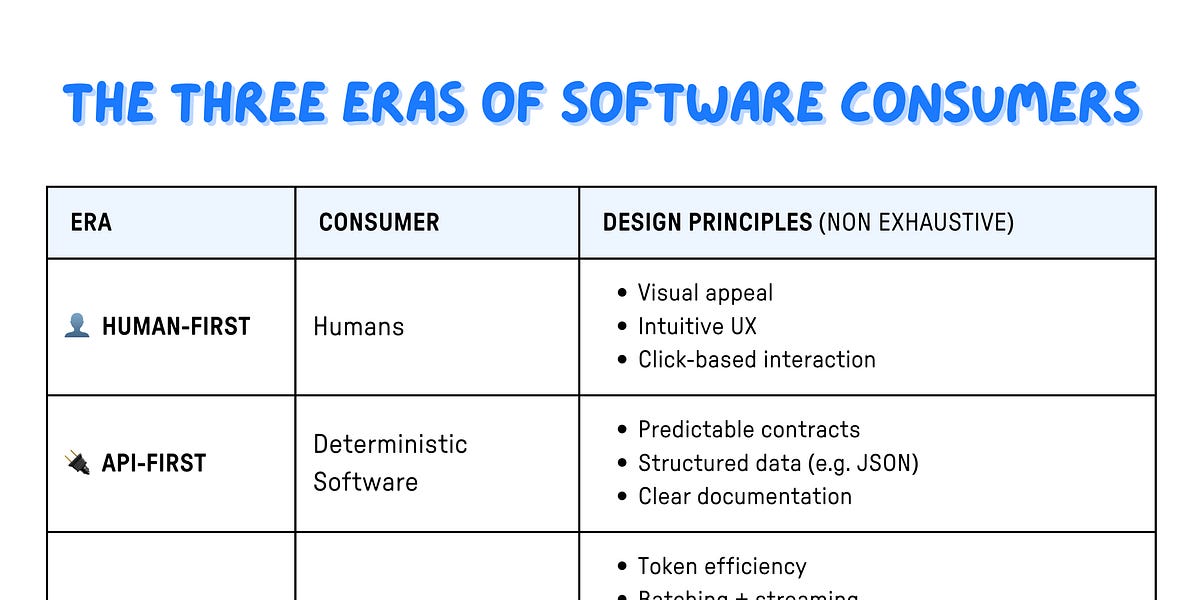
Evolving API Design for the AI-Driven Future
As artificial intelligence continues to reshape the technological landscape, the design of Application Programming Interfaces (APIs) must adapt to meet the unique needs of AI consumers. According to a recent article by TLDR AI, this evolution is critical as it combines machine precision with human-like understanding, introducing new challenges such as token economics, high latency, and non-deterministic behavior.
New Constraints in API Design
AI's integration into various applications demands a shift in how APIs are constructed. Developers are now tasked with creating interfaces that not only facilitate communication but also enhance performance under unique conditions:
- Token Economics: APIs must be optimized for efficient token usage, ensuring that costs remain manageable while handling complex AI tasks.
- High Latency: With AI processes often taking several seconds, APIs need to be designed to handle delays gracefully.
- Non-deterministic Behavior: Given the unpredictable nature of AI outputs, APIs should anticipate variability in responses and provide mechanisms for managing these outcomes.
Recommendations for API Design
The article emphasizes several best practices for developing APIs suited for an AI-centric world:
- Self-Healing Capabilities: APIs should incorporate rich error messages that allow them to self-correct and provide clearer guidance for troubleshooting.
- Documentation as Code: Since AI systems frequently reference documentation, treating it as runtime code can enhance the accuracy and effectiveness of API interactions.
- Optimizing for Batching and Streaming: To improve performance, APIs must be capable of handling data in bulk and managing streaming processes, accommodating the multi-second processing times often associated with AI tasks.
By implementing these strategies, developers can ensure that their APIs are not just functional but also robust and efficient in the demand-driven environment of AI.
Rocket Commentary
The rapid evolution of APIs in response to artificial intelligence is not just a technical necessity; it's a transformative opportunity for developers and businesses alike. As we navigate the complexities of token economics, high latency, and non-deterministic behavior, there's a silver lining: the chance to create more efficient, human-centric interfaces that elevate user experience. This shift is essential for ensuring AI's accessibility and ethical use, allowing businesses to harness its full potential without prohibitive costs. Moreover, as APIs become more adept at handling the nuances of AI, we can expect a wave of innovation across industries—enabling smarter applications that are responsive to real-world demands. In embracing these challenges, developers can lead the charge in building a more integrated and intelligent technological landscape, ultimately driving enhanced productivity and more meaningful interactions for users. It's a thrilling time for those willing to adapt and innovate.
Read the Original Article
This summary was created from the original article. Click below to read the full story from the source.
Read Original Article